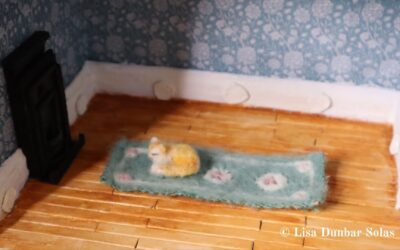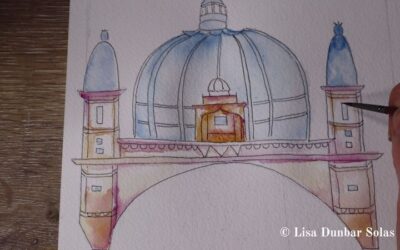Do you believe in merfolk? If so, have you ever wondered what it would be like to meet one? As you may know from my social media feed, I had the delight of meeting a tiny daughter of the sea at my local beach and I named her, ‘Aleta,’ meaning pearl in Danish. After my chance encounter with the little mermaid, I started to wonder about the history of merfolk; where did they originate?
Like many Australian children, I first learnt about the mermaid through popular culture. The mermaid became an important icon of popular culture when the Danish author, Hans Christensen Andersen (2011) penned Little Mermaid (http://tidd.ly/cd0ffa1), which was first published in 1837. This dark tale narrates the transformation of a mermaid, who sacrifices her life as a mermaid to gain a human soul.
Hans Christensen Anderson’s story captured the imagination of many storytellers over the next one hundred and eighty years. His fairytale has been adapted into plays, ballets and of course, films. My first encounter with the Little Mermaid was at age six, when I saw the Disney adaptation at the cinema. The film later inspired me to read abridged versions of the fairytale. There are also many variants of the fairytale published, including Louise O’Neil’s (2018) recent book, called The Surface Breaks: A Reimagining of Little Mermaid (http://tidd.ly/346af411). This variant reinterprets the classic tale through a feminist imagination.
Yet, stories and myths of merfolk extend far back in time to ancient Mediterranean landscapes. It is thought that the first mermaid was in fact the ancient Assyrian goddess of fertility called Atargatis or Ataratheth (https://en.wikipedia.org/wiki/Atargatis). Later, in the medieval era, the mermaid became a siren, who represented various shadow aspects of human nature, guarding ‘forbidden knowledge’ and holding the power to sexually enchant (Braham 2018, 29).
In my upcoming blogs, I will share how the mermaid is imagined in other parts of the world, starting with the Scottish Highlands.
In the meantime, if you are looking to create a mini seascape featuring merfolk, I cordially invite you to visit our store and view our mermaid collection, which includes Aleta.
Until next time, wonder makers, may you continue to weave enchantment in your homes and gardens.
References
Braham, P. 2018. “Songs of the Sirenas: Mermaids in Latin America and the Caribbean.” In P. Hayman (ed) Scaled for Success. The Internationalisation of the Mermaid. John Libbey Publishing. UK, 149–170. (http://tidd.ly/de570ca)
Hans Christensen Andersen (2011). The Little Mermaid and Other Fairy Tales : Unabridged In Easy-To-Read Type. Dover Publications (http://tidd.ly/cd0ffa1).
O’Neil, Louise 2018. The Surface Breaks: A Reimagining of Little Mermaid. New York, US: Scholastic US.



